Spinal Decompression Therapy
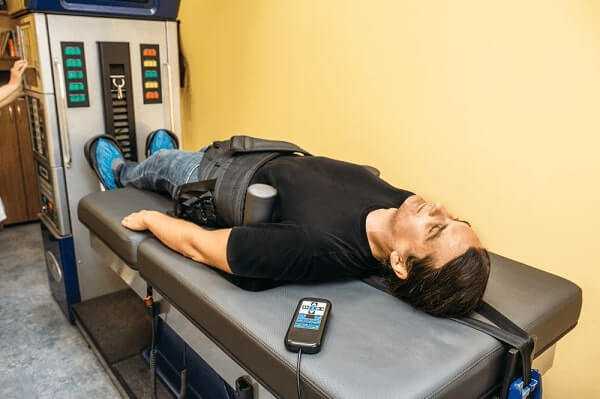
Brief Back Ground
Although chiropractic care and physical therapy can effectively treat many cases of back and neck pain, it may not be enough in some of the severe cases. In those cases, a new technology called Non-Surgical Spinal Decompression is offering relief from even the most severe cases of pain caused by herniated discs, degenerative disc disease, sciatica and facet syndrome.
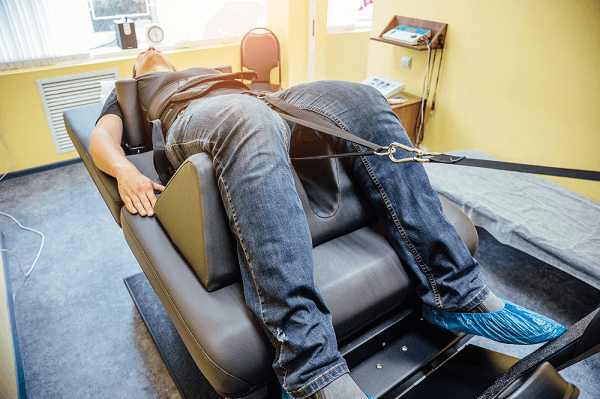
This technology has truly been the answer to those who’ve explored all other options – including chiropractic. If your case is severe enough, this may be your only option outside of surgery.
What is Spinal Decompression ?
Spinal Decompression is a computerized medical treatment for lower back pain and sciatica caused by degenerative disc disease, disc bulge, herniated discs, stenosis, arthritis, facet syndrome and failed back surgery.
Several studies have been performed that have found DRX9000 Spinal Decompression to be both safe and effective for many back and leg pain sufferers. As long as the proper inclusion criteria are met during a comprehensive neurologic and orthopedic examination by a decompression specialist, the possible side effects and danger are minimal.
Patients report relief within mere days to just a few short weeks. This is even true for patients who have suffered for many years and even decades. Statistically, there is an 80%+ chance of significant pain reduction and return to normal activities thanks to this procedure.
Spinal decompression is an amazing new medical technology that has prevented countless unnecessary and dangerous back surgeries. It is not for everyone, however. You must be carefully examined by an expert specifically trained in this field. Only a spinal decompression specialist will know whether or not you are a good match. Your chiropractor, medical physician or orthopedist has no training in this area and wont know.
Spinal Decompression has an interesting history.
Its concept has been around for hundreds of years – in its most primitive form. You’ve seen the old black and white movies of old torture devices called the “rack”. Imagine back to the dark ages. Where the hooded-torturer would strap your feet to the end of a table and lay you on your back and then strap your hands toward the top of the table and as he would crank on a large wheel your body would be stretched and stretched until you gave up your cherished secret because the pain was just too much to endure. Yes, even back in the old dark ages, this torture was also used to stretch the spines of ailing royalty to help them with their back pain.
Over the decades the rack has evolved. It has developed into a much more advanced form of therapy; it’s now called “traction”. Still today, traction is a commonly used therapy prescribed by doctors. You have probably already tried traction. Traction is different than spinal decompression, as we’ll explain later. But conceptually, traction must be discussed now as it was the ancestor to today’s spinal decompression.
Traction would pull and pull and the forces of the pull, or traction, would overcome the contraction or the resistance of the tissue at hand – a misaligned bone, a spasming muscle, pinched nerve, etc.
Then, there was a huge leap in development!
It is not exactly clear how this leap in thought was discovered, though I’ve heard a number of things. One I’ve heard, that I thought had some interesting points, but has not been validated and could be argued the other way is that of zero-gravity.
It’s been said that more than a decade ago, astronauts began reporting that when they were in space, they experienced a relief from back pain while in the zero-gravity environment of space. It has been argued that scientists found that when astronauts were in an anti-gravity state, the discs of their spine were not being compressed by gravity like they are on earth, allowing the discs to become fully hydrated and to reduce herniations (bulges) in the spinal discs. It is fact that the fully hydrated discs resulted in most astronauts being upwards of two inches taller during their space flight. Since creating a fully hydrated disc results in an elimination of most cases of severe back pain, as well as improved health of the spine, the question that scientists wrestled with was how to successfully reproduce the same effect here on Earth. On the other hand, it is safe to say that due to the rigorous nature and the physical demands required of an astronaut through launch, the space travel, and return to earth, that they have more pain as a result of their journey. So, while this theory has weight, we have not seen the studies to completely satisfy us on this.
Spinal decompression is a technique of replicating the anti-gravity state of space, allowing the spinal discs to regain their normal height, hydration and healthy status.
Although crude forms of spinal decompression have existed for some time, mostly in the form of traction, in the late 1980’s, another step in the evolution of spinal decompression occurred. That was the work of a number of medical doctors in the development of VAX-D.
VAX-D is classified as a class II medical device and approved by the FDA. The first piece of research conducted on VAX-D was conducted in 1987 by the medical physicians, Dr. S.J. Peerless, Dr. I. Meissner, Dr. H.J.M. Barnett and Dr. C.R. Stiller, at the University Hospital in London, Ontario.
While this machine looked very much like the “rack”, it had much a much better success rate than simple traction. On this table, you lay on your stomach (face down), your lower body is harnessed while your arms are stretched above your head holding onto hand grips. You maintain your grip as your lower body is tractioned/pulled. While this did perform better than traction, it was found that patients were developing rotator cuff and shoulder problems.
Closer, but still not there.
Recent advances in biotechnology have allowed spinal decompression to evolve into a highly-effective and cost-effective nonsurgical treatment for many causes of severe back pain.1
One of the most advanced and effective spinal decompression systems on the market today is the DRX9000, manufactured by Axiom Worldwide.
The DRX9000 has more than 30 critical components that are protected by existing patents or patent applications. 15 of these components are unique and specialized to the DRX9000 and are integral in achieving spinal decompression. In December 2004, axiom applied for its own patent of the DRX9000. In June 2006, the United States Patent Office published Axioms proposed patent.
There are a total of four FDA 510 (k) clearances as Class II medical devices assigned to the DRX products. The first clearance was obtained on May 1, 2001 for the original design the DRX2000 under 510 (k). The second clearance was on the DRX3000 and was obtained January 2003. The third clearance was obtained December 2002 for the DRX5000. The fourth clearance was obtained May 2006 for the DRX9000.
Unlike traction that pulls both muscle and spine, the DRX9000 uses a mechanized, patented, FDA cleared traction system that uses a combination of harnesses, air bladders, and disc angle pull adjustments to decrease the pressure within the spinal discs, thereby enhancing the flow of fluid into the discs. Most people describe the treatment as a gentle, intermittent pulling on the spine. The process is relatively painless; some patients even relax to the point of falling asleep during a treatment.
How Spinal Decompression Works ?
Spinal decompression therapy creates a logarithmic ramp-up of negative pressure on the spine, holds it in this position for a short time, then releases it again. This computerized logarithmic action is specially designed to trick the nerves that would normally restrict the stretching of muscles and ligaments, allowing for the therapeutic effect to be focused directly on the disc. Other forms of treatment, such as physical therapy, traction, and chiropractic adjustments simply cannot bypass the nervous system’s normal protective response and therefore cannot create nearly the level of hydration in the discs. When in a fully hydrated state, special cells in the disc called “fibroblasts” are mobilized to seal tears in the annulus (the outer fibers of the disc). This has been confirmed by pre- and post-treatment discograms.
https://www.youtube.com/watch?v=dD_flm8h1IYhttps://www.youtube.com/watch?v=QpIQkQQTAkc
What does spinal decompression therapy actually do?
Simply put, spinal decompression distracts or pulls on the disc like traction. When the disc begins to stretch, negative pressure builds within the disc which sucks water and nutrients into the disc. This action known as “imbibition” returns water to the disc and aids the healing of the disc from the inside out. Further, the negative disc pressure “sucks” the bulging disc or herniated material inward and away from the nerves.
A series of these treatment are given (approximately 20-30) until the disc is re-hydrated and stabilized. Low back exercises and activities are given to help reinforce the treatment and to ensure that the results last.
Spinal Decompression Therapy Studies
In a recent study of the DRX 9000 in the treatment of 219 patients with herniated discs and degenerative disc disease, 86 percent of those who completed the therapy showed immediate improvement and resolution of their symptoms and 92 percent enjoyed an improvement in their symptoms overall. Only five patients had a recurrence of their symptoms within 90 days of initial treatment.17 In another study, conducted at the University of Texas, pressure changes within the disc were measured by directly inserting a very fine pressure measurement device into the patient’s L4-5 disc. The patient then underwent a session of spinal decompression. As expected, the device conclusively demonstrated that spinal decompression did, in fact, do what it purported to do.18 In another study of 778 patients, researchers found that pain, activity, and mobility scores all improved after spinal decompression therapy. In fact, the average success rate for all diagnoses was 71 percent. The authors concluded that for patients with low back pain, decompression therapy should be considered as a front-line treatment.
Retrospective data and the more recent Pilot Study data very encouraging in favor of the DRX9000. A retrospective review of 94 patients treated on the DRX9000 revealed a reduction in mean low back pain score from 5.99, on a 0 to 10 scale, at initial presentation to 0.87 after the last DRX treatment. Patients also appeared to have improved function while requiring fewer analgesics after completion of treatment. This study has been accepted for publication in Pain Practice.
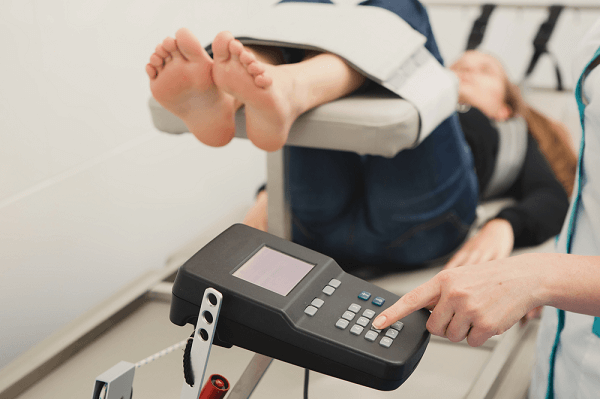
In a recent prospective Pilot Study of 18 evaluable subjects with a mean ten year history of chronic low back pain, 89% of the patients experienced a clinically and statistically reduction of pain greater than 50%. These treatment effects are large when compared to many drug trials and even some types of surgery.
As you can see, the research is strong. There is ongoing research being done to get even more specific numbers and data for specific conditions. Even with the current research, spinal decompression is exciting.
Unlike other forms of therapy, decompression therapy can either target the therapy to one disc or work on a whole region of the spine simultaneously. Adjustments can be made to the position of the spine, as well as the angle and the amount of force needed to decompress at specific intervertebral disc. Regular treatments helps to stretch shortened connective tissues by applying movement to the spine in a controlled manner, allowing normal movement to be re-established.

While results vary, most patients who undergo decompression therapy, including those who suffer from long-term chronic pain or who underwent surgery, are able to resume normal activities. Patients who do not show significant improvement by the 15th to 18th session may be referred for further diagnostic evaluation. Some things that may affect the outcome of treatment include your age, sex, severity of pain, previous surgeries, chronic use of narcotic or steroid medications, and body weight, as well as several lifestyle practices, such as consuming large amounts of daily caffeine, smoking and dietary choices.
Spinal Decompression Treatment
In most cases, patients undergo a series of 15 to 25 decompression treatments for the involved disc level, depending on their individual situation, over a course of 4 to 6 weeks, typically. Each treatment typically lasts between 25 and 45 minutes (on the table) and is performed on patients while fully clothed. In most cases, heat is used prior to treatment to help the muscles relax and to soften tight connective tissue. At the end of a decompression treatment, a cold pack is applied with electrical muscle stimulation to help the treatment hold better.
Is It Right For Me ?
Although spinal decompression therapy is certainly a revolution in effective, non-invasive treatment for severe back and neck pain, it is not for everyone. Decompression therapy is usually recommended for patients who have low back or neck pain, who have failed conventional therapy (physiotherapy and chiropractic), and who are considering surgery. Typically, the people who tend to have the best results fall into one of the following categories:
• Pain due to herniated and bulging lumbar/cervical discs that is more than four weeks old.
• Sciatica
• Spinal Stenosis
• Facet Syndrome
• Recurrent pain from a failed back surgery that is more than six months old.
• Persistent pain from degenerated disc disease.
• Patients available for four weeks of treatment protocol.
• Patients at least 18 years of age.
There are some cases where people should not undergo spinal decompression therapy. These include:
*Pregnancy
*Spinal cancer
*Severe osteoporosis
*Abdominal aortic aneurysm
*Abdominal surgery within last years
*Lumbar fusion of the affected symptomatic level
*Unstable spondylolisthesis
*Disc infections
*Severe peripheral neuropathy
*Osteomyelitis
*Meningitis
Ultimately, whether you think this is for you or not is not as important as if the doctor who specializes in Spinal Decompression determines if you are a candidate or not and will accept your case. It is important that prospective patients do not get their hopes up, as it is crucial that the Spinal Decompression doctor really evaluate your individual case.
Facebook
Google+
Twitter
Pinterest
Reddit
StumbleUpon


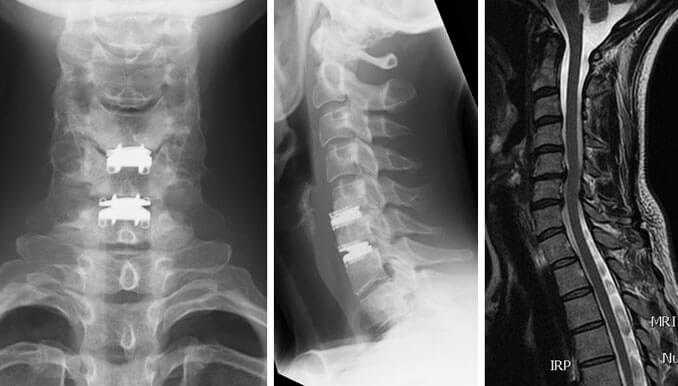
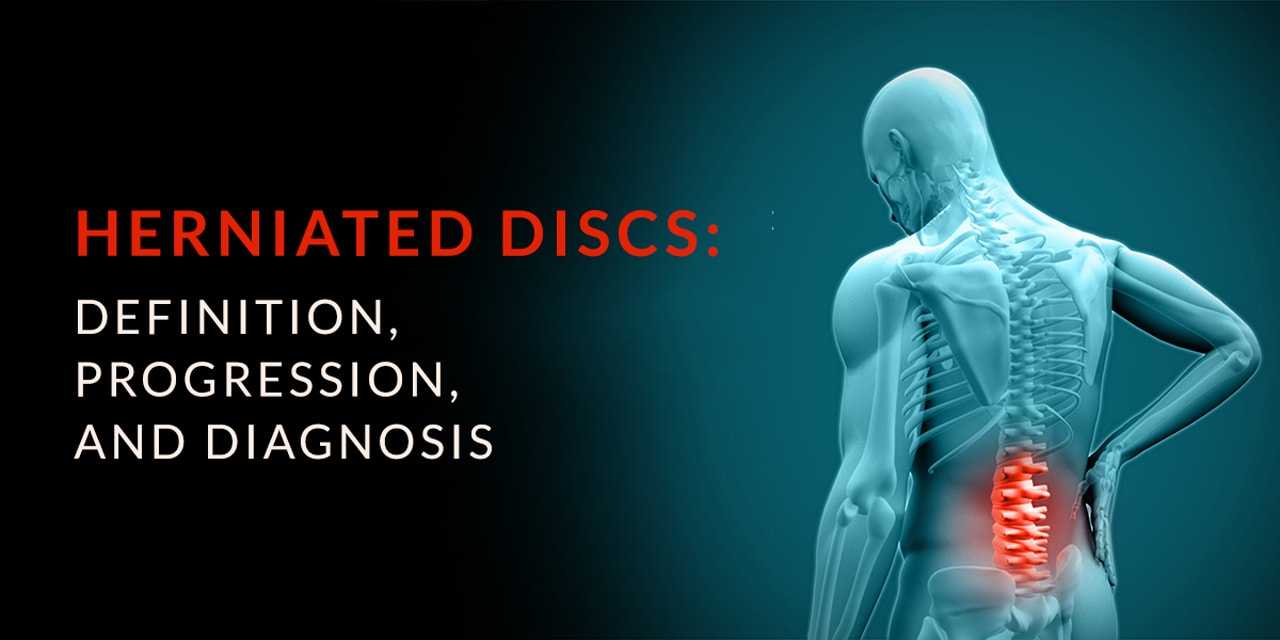
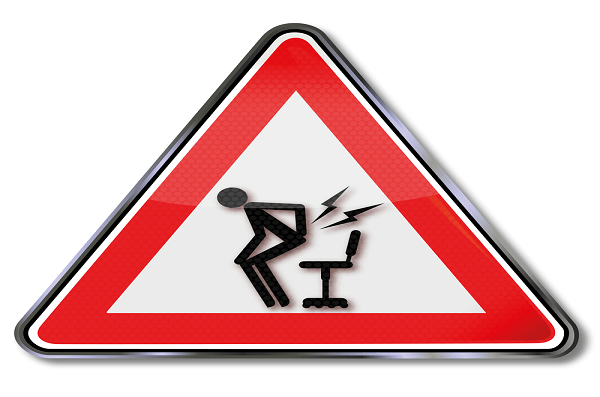
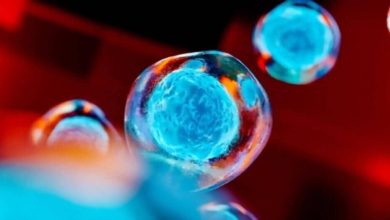
Chiropractors are probably the main users of spinal decompression.
Before these computerized tables came out, there were the Cox flexion/ distraction table.
Chiropractors are very familiar with this modality and very qualified to render a decision on who are good candidates.
For all the chiropractors it would not be right to say. Because they are not trained in this subject.
Where is this treatment available in the US?